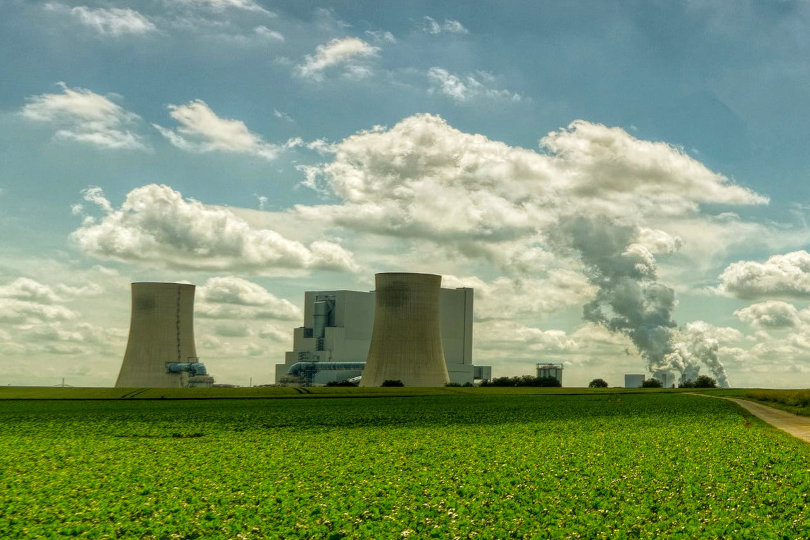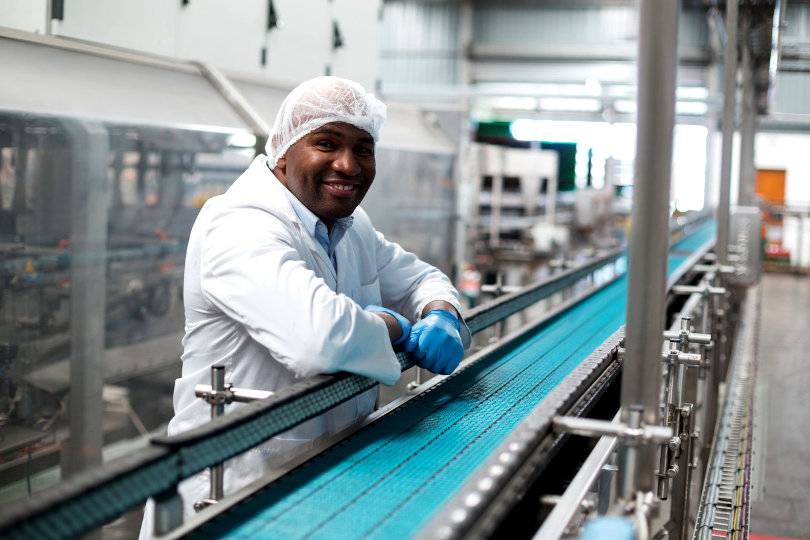Climate change is a reality and it is impacting the life of the planet and the life of every being on it. The resources are finite and they’re gradually depleting due to wastage. This has become a million dollar question, and a big paradox of today’s time: how to advance industrial growth while keeping environmental impact in mind?
Finding the right balance is essential. According to a UN report, CO2 emissions should be halved by 2030 to ensure the safety of our planet from any additional threats of climate change. Undoubtedly, it is high time we do something about climate change.

But what about manufacturing units? Well, they’re adopting the lean manufacturing methodology and adapting to green manufacturing. Green manufacturing is currently popular among different industries as it is seen as a long-term method for sustainable manufacturing, addressing the environmental issues. The call to action we need for manufacturing wastage.
What is Lean Manufacturing?
Lean manufacturing is a methodology invented in the hopes to reduce wastage, which is often seen in manufacturing units, without hampering the productivity. It works somewhat on feedback loops, what is valuable (what customers would pay for) depends on the customers’ needs. Accordingly, through lean management, everything else is eliminated or reduced, enhancing productivity, quality and reducing waste.
Lean manufacturing has already become popular as it is a proven method for effective manufacturing management that ultimately leads to operational gains.
What is Green Manufacturing?
Green manufacturing involves practices that primarily bring changes to business, manufacturing and even the mindset of stakeholders, to focus on the impact of industrial processes on climate change. Green is not just a word as there are many tangible ways to improve sustainability in both manufacturing units & supply-chain.
The industrial internet of things (IIOT) & 4th industrial Revolution brought new possibilities to life that unlocked hidden potential of process innovations of increasing sustainability, environment-friendly materials, and strengthening decarbonization. They also led to tapping virtual innovation, doing much greater with less and enhancing the goods’ life span in a “zero waste to landfill” framework.
What are the results?
- Reduction in the usage of natural energy and other natural resources,
- Reduction in carbon footprint across the globe,
- Technological advancements leading to better efficiency, sustainability and of course resilience throughout the complete manufacturing life cycle.
Decarbonize Energy
One of the greatest advantages of green manufacturing is energy savings, environment and business growth improves simultaneously. Lean manufacturing methodology and Green manufacturing is surely the future to greatly reduce carbon footprint and decarbonize energy.
The report of Energy Transitions Commission titled “Mission Possbile” has declared that achieving net-zero CO2 emissions by 2050 is quite possible and can become a reality.
With technological advancements including virtual process innovation, high energy-demanding industries like such as steel production can lean towards more efficiency, which implies environmental-friendly practices and higher productivity.

Deliver Digital Innovation
Again, technology will pay huge role to sustainable manufacturing to reduce our carbon footprint. One such technological example is IIoT (Industrial Internet of Things). With IIoT technology and smart & connected devices, manufacturers can easily achieve higher productivity and focus on resource efficiency.
Connected devices along with IIoT across the manufacturing facility, can provide real-time data and insights into energy consumption, enabling the manufacturers to streamline the energy use & resources. It becomes an important part of the business when energy becomes one of the top expenses.
Drive a Circular Economy
However, lean manufacturing methodologies and green manufacturing processes are more than just leveraging technology, high-tech production and leaning towards energy-efficient manufacturing. It also fundamentally changes the supply-chain framework.
We understand that the conventional manufacturing process is quite linear – bring raw materials, process them to create end-products, use the by-products if possible, and throw away the waste in landfill. And the surprising fact is that sometimes either the products are recalled from the market or don’t even reach the market.
But it’s high-time we reshape the manufacturing journey by adapting to sustainable manufacturing and reduce carbon footprint.
Adapting For The Future
Green manufacturing is undoubtedly a good way of reducing industrial waste and enhancing sustainable manufacturing with great operational gains. This revolutionary advancement in manufacturing surely improves efficiency without hampering operations or creating more waste that impacts environment.
Hence, this gives countries the potential to decouple economic growth from environmental degradation.







